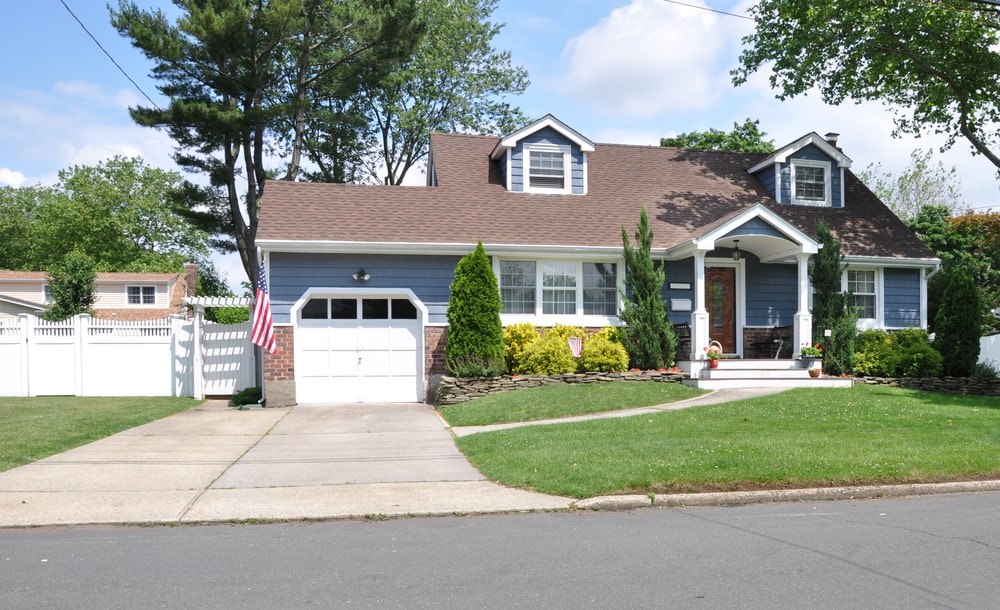
Landscaping can significantly boost your home’s value, making it a wise investment. Whether you’re selling your home or just looking to enhance its beauty and functionality, a well-designed landscape can pay off in a big way. Here are some compelling statistics on how landscaping impacts home value:
Quick Statistics on Landscaping’s Value
- Increase in Property Value: “Landscaping can increase the value of your property by as much as 20 percent—if done well.” — This Old House magazine
- Smart Investment: “Spending 5 percent of the total value of your home on landscaping can add 15 percent or more to the value of your home.” — Smart Money magazine
- Homebuyers Will Pay More: According to a study by Clemson University and the University of Maryland, potential homebuyers will pay up to 11.3% more for homes with thoughtfully designed landscaping.
- Better Curb Appeal: Homes with attractive landscaping typically see sale prices 4% to 5% higher than similar properties in the neighborhood. Homes with poorly maintained landscapes can see prices 8% to 10% lower. — Guide for Plant Appraisal, International Society of Arboriculture
- Trees Add Sellability: Homes with trees are 20% more likely to sell than those without. — Baltimore Sun
- High ROI: Landscaping can offer a 100% to 200% recovery on investment if it harmonizes with the surrounding environment. — Money Magazine
Landscaping for Energy and Environmental Benefits
Landscaping doesn’t just improve curb appeal—it also provides long-term energy savings and environmental benefits:
- Wind Protection: Windbreaks can reduce wind by up to 50%, cutting heating fuel consumption by 20-40%.
- Cooling Savings: Shade trees can reduce air conditioning costs by providing much-needed relief from the sun, reducing energy usage in the summer.
- Year-Round Benefits: Deciduous trees provide winter warmth by letting sunlight in while shading your home during the hot summer months.
- Energy Efficient Landscaping: Windbreaks and shade trees not only save energy but also enhance privacy and reduce noise. Ground covers and drought-tolerant plants can reduce the need for mowing and watering, further lowering costs.
Additional Benefits of Landscaping
- Noise Reduction: Trees can buffer unwanted highway or industrial sounds.
- Improved Air Quality: Landscaping helps absorb carbon dioxide and produce oxygen, supporting the “green” movement.
- Erosion Control: Plants help prevent soil erosion, keeping your property stable and protecting nearby waterways.
- Wildlife Habitat: Gardens can attract butterflies, hummingbirds, and other wildlife, adding natural beauty to your yard.
Boost Your Home’s Value with Expert Landscaping from Meadows Farms
Ready to elevate your home’s value and curb appeal? Meadows Farms is your go-to landscaping partner in Virginia, West Virginia, and Maryland. Our skilled team of designers and architects has years of experience creating stunning, high-impact landscapes tailored to your vision. Whether you’re planning a complete redesign or enhancing your outdoor space, we’ve got you covered.

